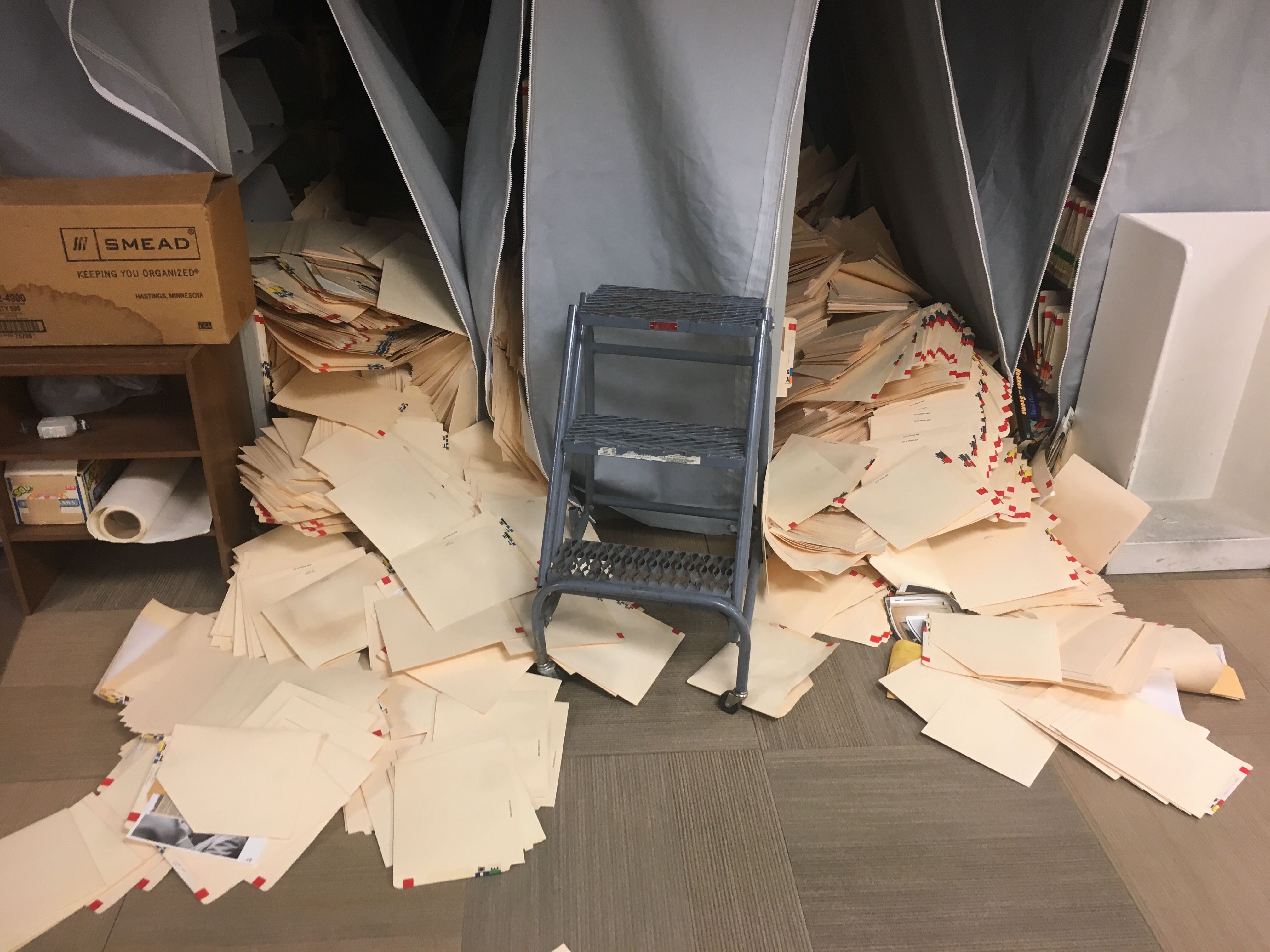SALT LAKE CITY – I heard the earthquake before I felt it. A low rumbling sound woke me as pictures and items crashed to the floor in my Salt Lake City apartment. I looked at the alarm clock by my bed, but the power was out. The sun hadn’t risen over the mountains yet, so I couldn’t see what was going on, but I felt the bed shaking beneath me.
Before the tremor, our lives in Utah were already being upended. Along with the rest of the world, we were grappling with a seismic health crisis, and like others across the U.S., we were instructed to avoid contact and the public, to stay home as much as possible. My fellow reporters at The Salt Lake Tribune and I set aside stories we’d been working on and put all of our energy into covering the coronavirus pandemic.
For days, it had been our primary focus. The coverage required long, sporadic hours; we covered press conferences, updated the number of confirmed cases, instructed people where they could find more resources, reported on our elected officials’ directives and told stories of the people who were impacted. Members of our team started the Trib’s daily blog to provide updates to our community about the spread of COVID-19 across the state. As each of us ensured our own families were safe and healthy, our responsibility to the public, to help them keep their own families safe and healthy, was paramount. We were reporting on one of the biggest stories of our careers. Then, Utah’s largest earthquake in nearly three decades struck, and it was our job to cover that too.
Once the shaking that morning stopped, I went outside to stand among my neighbors and called my husband, who was already at work, to make sure he was OK. Then I checked Slack, an internal messaging system, to see what my Tribune co-workers were saying.
“That was crazy,” one reporter wrote. After making sure we were all safe, an editor chimed in: We needed to get something up on the website. The earthquake, a magnitude 5.7, struck at 7:09 a.m. About 20 minutes later, we published our first story on it.
With the shift that occurred on March 18, we had two major stories to cover, so we split up. Some of us continued to report on coronavirus, while others followed the aftermath of the earthquake. Photographers drove around, looking for damage. Reporters made calls and posted anything they learned on Slack. There were no reported deaths or serious injuries, but more than 70 historic structures in the area were damaged. Some mobile homes had fallen off their foundations in Magna, a township near the epicenter, southwest of Salt Lake City. The trumpet fell off the Angel Moroni statue on top of the iconic Salt Lake Temple.
All of us in the newsroom were already working at home by this point, and it’s lucky we were. Our IT director shared a video of the damage at our office. Filing cabinets were flung open and papers strewn about. Pictures, books, plants and computer monitors lay on the floor. Our archive library was completely disheveled. There were stress cracks in the walls. And the glass display case holding the Pulitzer Prize won by The Salt Lake Tribune in 2017 had toppled and shattered.

It was hard for many of us to see. Newsrooms are notoriously messy, but they are our second home. It’s where we share stories with each other and yell across colleagues’ cubicles to check if an editor read the latest revisions; where we scramble together to meet deadlines. It’s where we hang up funny pictures at our desks and learn about each other’s lives.
As we work remotely and practice social distancing during the COVID-19 outbreak, that second home sits empty. And it hasn’t been easy. We now depend on Slack and phone calls to update each other on new developments and the stories each of us is working on. We use Zoom to hold our weekly staff meeting, a virtual glimpse into each other’s homes. It’s a different way of working, but like other people in similar situations across the globe, we’re making it work.

Now, more than a week after the earthquake, we’re still covering both crises, but our focus is slowly shifting back to COVID-19. This is a story we’ll be reporting on for the foreseeable future, with no clear end in sight. The stress and anxiety we face in this uncertainty, as we continue to feel aftershocks from the earthquake, is lessened by the diligence and resilience of my coworkers. No matter how difficult it gets, they are out there reporting, updating their community and providing a vital service to the people of Utah every day.
One post from a colleague on Slack last week read, “Good morning to all my fearless tireless colleagues! Kudos to all who keep the public informed and the wheels turning.”
I think we’re all looking forward to the day – whenever that is – when we can go back to the newsroom again. Until then, we’ll keep producing the best journalism we can, whatever comes.
Becky Jacobs covers women’s issues for The Salt Lake Tribune. This dispatch is part of a series called “On the Ground” with Report for America, an initiative of The GroundTruth Project. Follow her on Twitter: @ruthyjacobs.


































